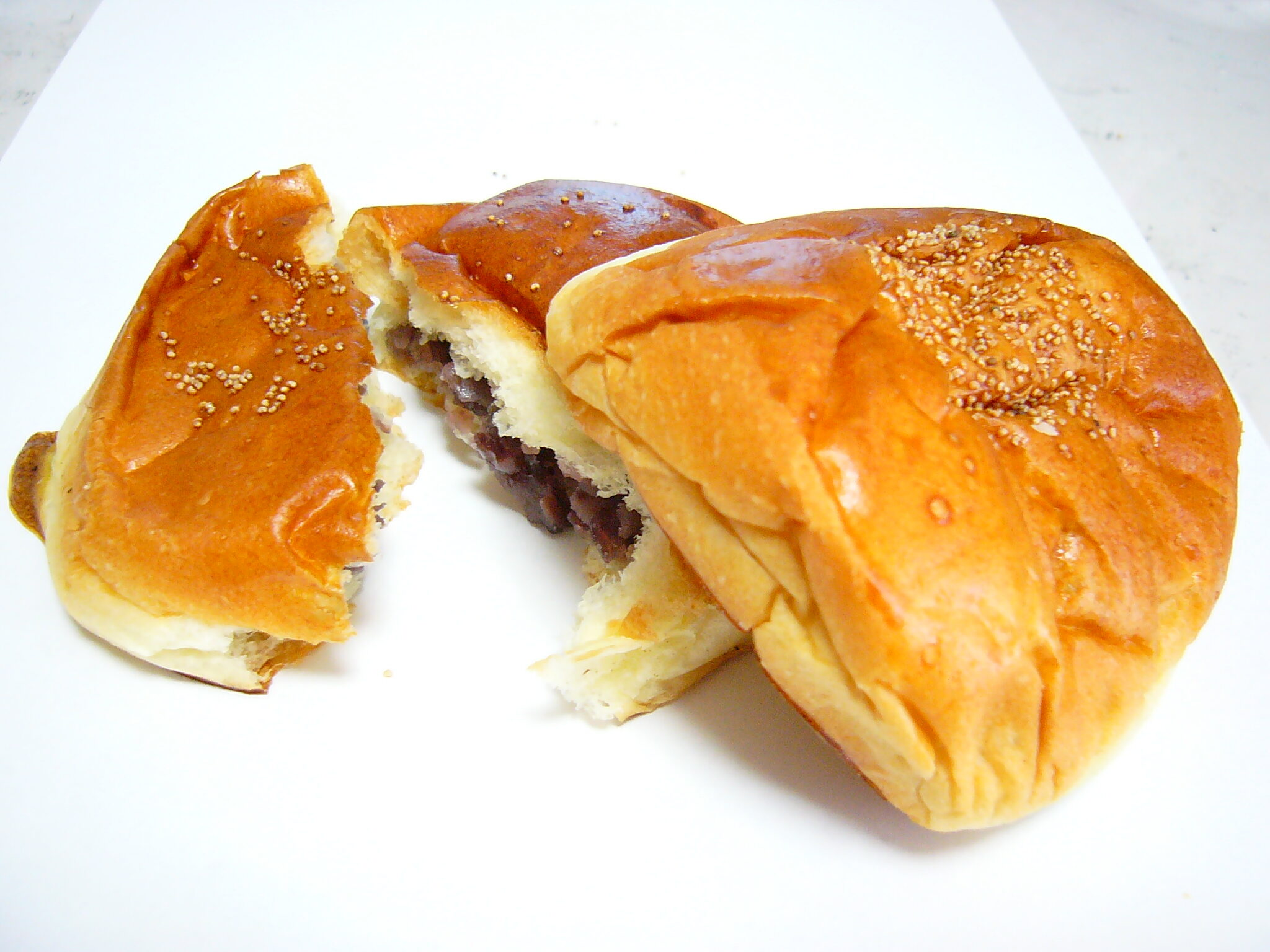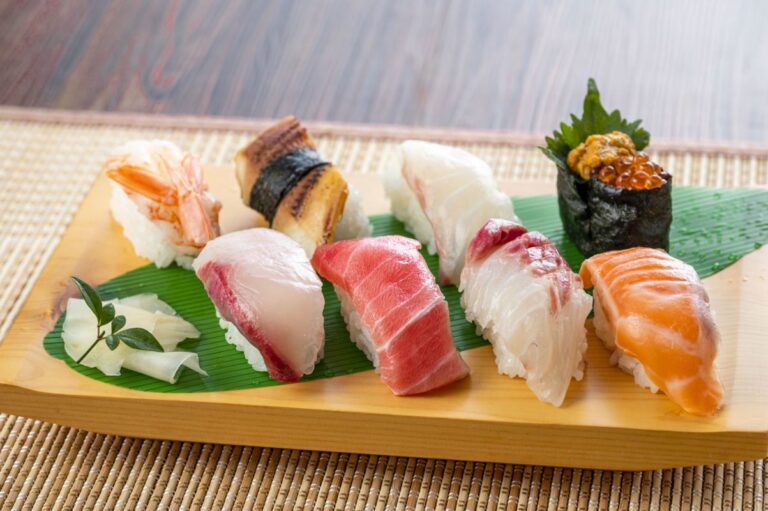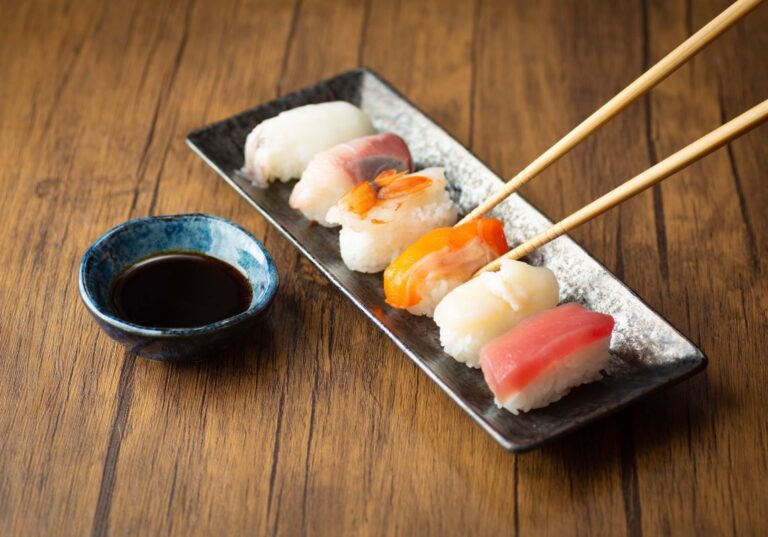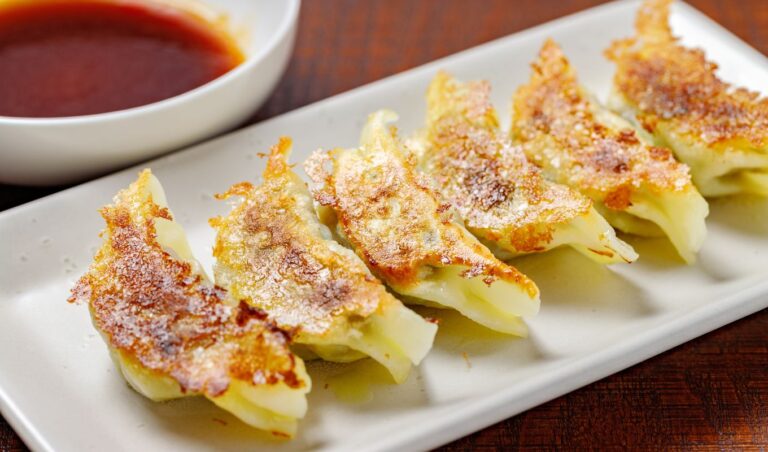Elsewhere on the site, we’ve discussed manju, “steam buns,” and briefly, we mentioned anpan as well. A look at Japanese food wouldn’t be complete without a more in-depth look at Japanese bread. Due to early Portuguese influence, the Japanese refer to bread as “pan,” the Portuguese word for “bread.” Pan was introduced to Japan by Westerners in the 19th century and did not exist in native Japanese cuisine beforehand. While sandwiches, like we’re used to in the West, are still less common than rice dishes in Japan, there are a number of Japanese foods made with pan.
The anpan, as previously mentioned, is sweet bread filled with a sweet filling. It’s definitely more of a dessert than a meal. However, like manju, there are hearty meal fillings for pan as well.
Curry pan is filled with Japanese curry, katsu pan has fried pork cutlets inside (yes, fried, breaded pork inside of the break), and croquette pan has a croquette inside (a croquette is a fried mixture of potatoes and other vegetables as well as potentially meat and seafood), and yakisoba pan is filled with yakisoba–fried noodles!–and ginger.
Operating as both a dessert and a potential meal depending on your mood, the fruit sandwich is another common Japanese sandwich. Fresh-cut fruit is layered in bread with a yogurt cream.
Panko refers not to a sandwich-like treat but to a form of breading. Panko is a popular coating for fried meats, seafood, and vegetables. Panko is a lighter, crisper texture than other Western breading. This is unsurprising due to the fact that Japanese bread tastes different than Western bread.
When you order a hamburger, you have to make sure that you’re in an American-style restaurant if you’re looking for a hamburger on a bun. Most Japanese hamburgers are served as patties on plates without bread. Until about the 1970s, foreigners in Japan looking to make hamburgers had a hard time finding hamburger buns!
Have you ever tried Japanese pan? Do you prefer the dessert breads or the meal breads? Do you like hamburgers without buns?



